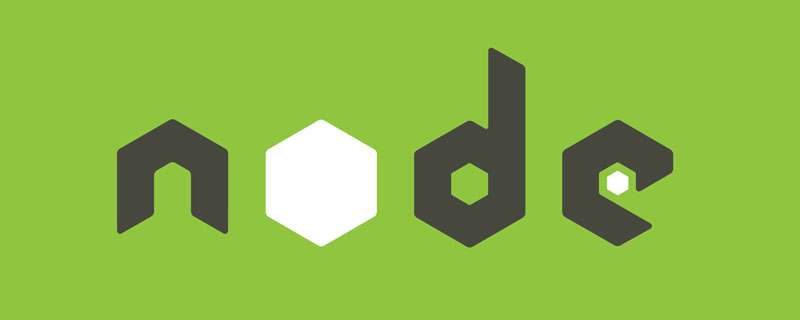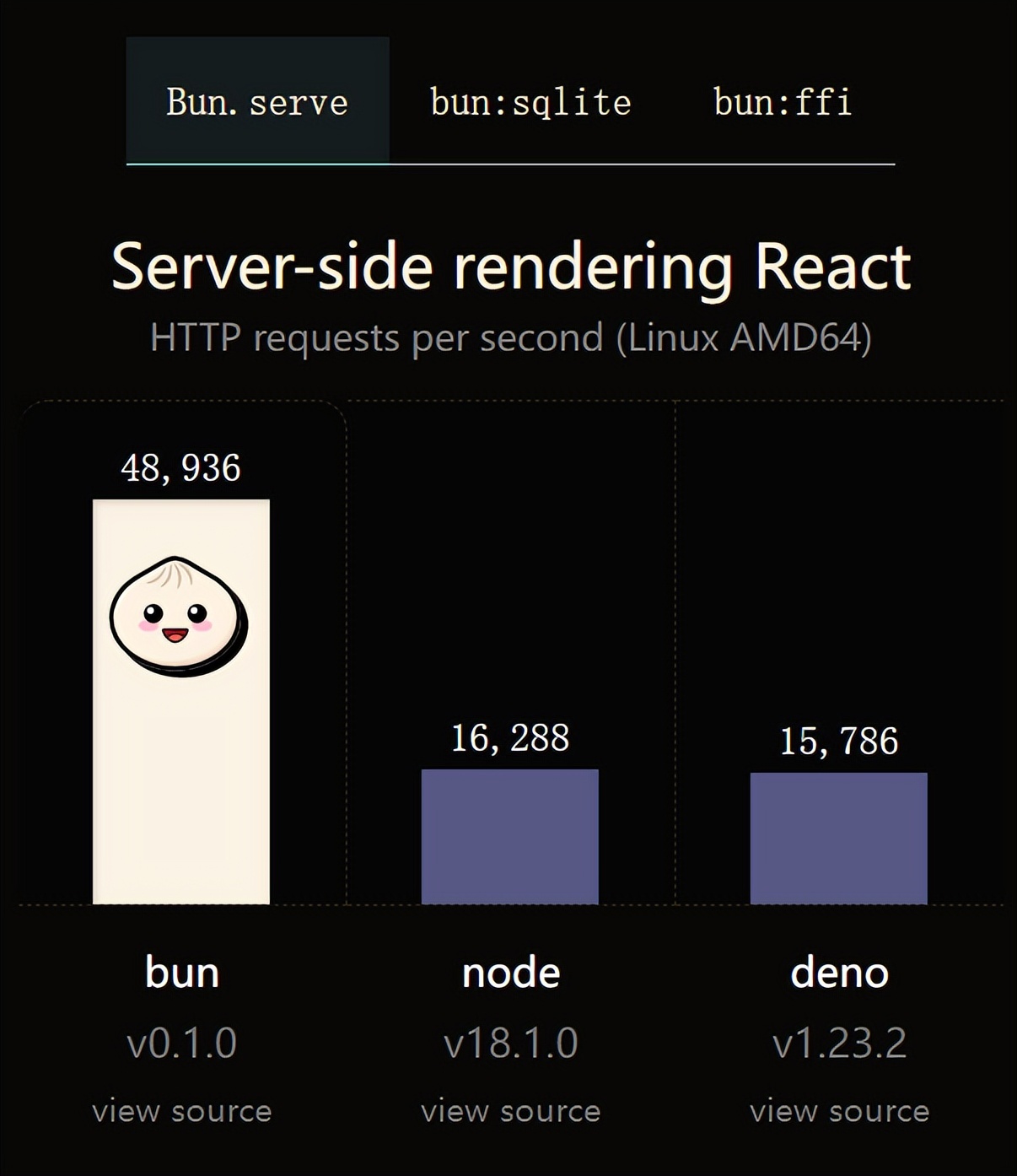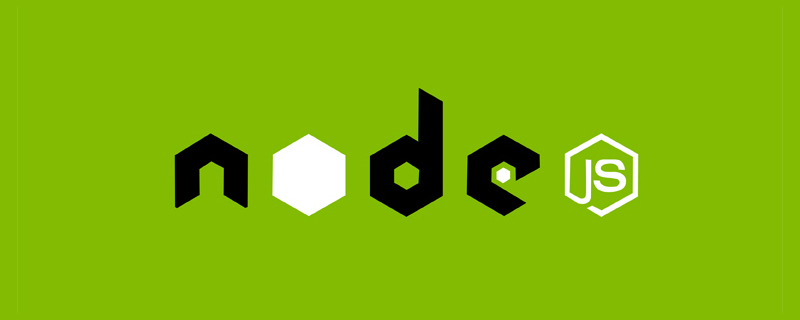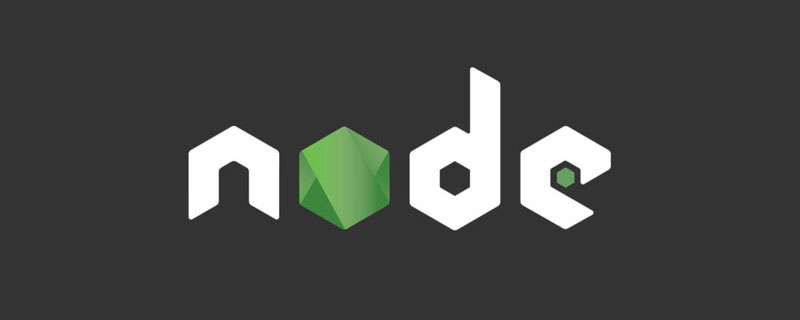Disadvantages of nodejs: 1. Not suitable for CPU-intensive applications; 2. Only supports single-core CPU and cannot fully utilize the CPU; 3. Low reliability; 4. The quality of the open source component library is uneven and updates quickly , downwardly incompatible; 5. Debugging is inconvenient, and there is no stack trace for errors.

The operating environment of this tutorial: windows7 system, nodejs version 12.19.0, Dell G3 computer.
Node.js is essentially a JavaScript runtime environment.
Node.js is a platform built on the Chrome JavaScript runtime, used to easily build web applications with fast response speed and easy expansion. Node.js uses an event-driven, non-blocking I/O model to be lightweight and efficient, making it ideal for running data-intensive real-time applications on distributed devices.
Disadvantages of nodejs:
1. Not suitable for CPU-intensive applications;
The main challenges that CPU-intensive applications bring to Node are: Due to the single-thread nature of JavaScript, if there are long-running calculations (such as large loops), the CPU time slice will not be released, making subsequent I/O unable to be initiated;
Solution Solution: Decompose large computing tasks into multiple small tasks so that the computing can be released in a timely manner without blocking the initiation of I/O calls;
#2. Only supports single-core CPU and cannot be fully utilized CPU
3. Low reliability. Once a certain link in the code crashes, the entire system crashes
Cause: single process, single thread
4. The quality of the open source component library is uneven, it updates quickly, and it is not backward compatible
5. Debugging is inconvenient, and there is no stack trace for errors
Suitable for NodeJS Scenario
1. RESTful API
This is the most ideal application scenario for NodeJS. It can handle tens of thousands of connections. It does not have much logic itself. It only needs to request the API and organize the data. Just go back. It essentially just looks up some values from some database and composes them into a response. Since responses are small amounts of text and inbound requests are small amounts of text, the traffic is not high and a single machine can handle the API needs of even the busiest companies.
2. Unify the UI layer of Web applications
The current MVC architecture, in a sense, Web development has two UI layers, one is in the browser we finally see , and the other one is on the server side, responsible for generating and splicing pages.
I won’t discuss whether this architecture is good or bad, but there is another practice, the service-oriented architecture, which can better separate the dependencies of the front and back ends. If all key business logic is encapsulated into REST calls, it means that the upper layer only needs to consider how to use these REST interfaces to build specific applications. Those back-end programmers don't care about how specific data is passed from one page to another. They don't care whether user data updates are obtained asynchronously through Ajax or by refreshing the page.
3. Applications with a large number of Ajax requests
For example, personalized applications, each user sees a different page, the cache is invalid, and Ajax requests need to be initiated when the page is loaded. NodeJS can Respond to large numbers of concurrent requests. In short, NodeJS is suitable for use in scenarios with high concurrency, I/O intensive, and a small amount of business logic.
[Recommended learning: "nodejs tutorial"]
The above is the detailed content of What are the disadvantages of nodejs. For more information, please follow other related articles on the PHP Chinese website!
 Vercel是什么?怎么部署Node服务?May 07, 2022 pm 09:34 PM
Vercel是什么?怎么部署Node服务?May 07, 2022 pm 09:34 PMVercel是什么?本篇文章带大家了解一下Vercel,并介绍一下在Vercel中部署 Node 服务的方法,希望对大家有所帮助!
 node.js gm是什么Jul 12, 2022 pm 06:28 PM
node.js gm是什么Jul 12, 2022 pm 06:28 PMgm是基于node.js的图片处理插件,它封装了图片处理工具GraphicsMagick(GM)和ImageMagick(IM),可使用spawn的方式调用。gm插件不是node默认安装的,需执行“npm install gm -S”进行安装才可使用。
 火了!新的JavaScript运行时:Bun,性能完爆NodeJul 15, 2022 pm 02:03 PM
火了!新的JavaScript运行时:Bun,性能完爆NodeJul 15, 2022 pm 02:03 PM今天跟大家介绍一个最新开源的 javaScript 运行时:Bun.js。比 Node.js 快三倍,新 JavaScript 运行时 Bun 火了!
 聊聊Node.js中的多进程和多线程Jul 25, 2022 pm 07:45 PM
聊聊Node.js中的多进程和多线程Jul 25, 2022 pm 07:45 PM大家都知道 Node.js 是单线程的,却不知它也提供了多进(线)程模块来加速处理一些特殊任务,本文便带领大家了解下 Node.js 的多进(线)程,希望对大家有所帮助!
 nodejs中lts是什么意思Jun 29, 2022 pm 03:30 PM
nodejs中lts是什么意思Jun 29, 2022 pm 03:30 PM在nodejs中,lts是长期支持的意思,是“Long Time Support”的缩写;Node有奇数版本和偶数版本两条发布流程线,当一个奇数版本发布后,最近的一个偶数版本会立即进入LTS维护计划,一直持续18个月,在之后会有12个月的延长维护期,lts期间可以支持“bug fix”变更。
 node爬取数据实例:聊聊怎么抓取小说章节May 02, 2022 am 10:00 AM
node爬取数据实例:聊聊怎么抓取小说章节May 02, 2022 am 10:00 AMnode怎么爬取数据?下面本篇文章给大家分享一个node爬虫实例,聊聊利用node抓取小说章节的方法,希望对大家有所帮助!


Hot AI Tools

Undresser.AI Undress
AI-powered app for creating realistic nude photos

AI Clothes Remover
Online AI tool for removing clothes from photos.

Undress AI Tool
Undress images for free

Clothoff.io
AI clothes remover

AI Hentai Generator
Generate AI Hentai for free.

Hot Article

Hot Tools

MantisBT
Mantis is an easy-to-deploy web-based defect tracking tool designed to aid in product defect tracking. It requires PHP, MySQL and a web server. Check out our demo and hosting services.

Atom editor mac version download
The most popular open source editor

Dreamweaver Mac version
Visual web development tools

Notepad++7.3.1
Easy-to-use and free code editor

SublimeText3 English version
Recommended: Win version, supports code prompts!








